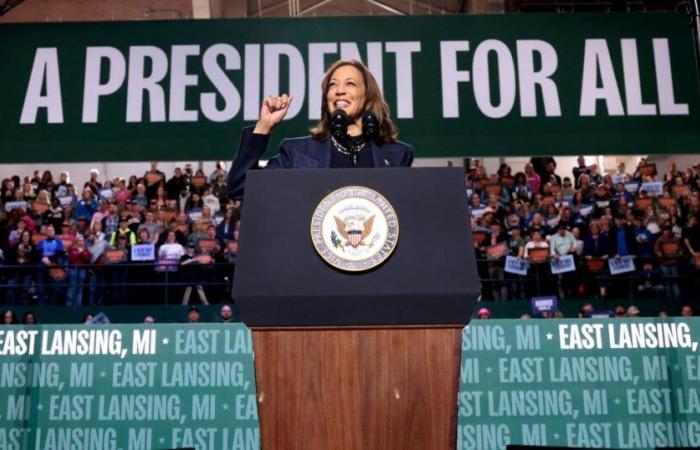“All this will perhaps represent a quantum leap for Peru”, says Mario de las Casas, the local director of the Chinese shipping company Cosco, from an observation platform. He explains the gigantic project that is underway: 1,500 workers are working 24 hours a day to bring out of the ground the new jewel of the new Silk Roads – the deep-water port of Chancay, on the Pacific, 60 kilometers to the north from Lima, the capital.
It's May, it's almost noon. The sun beats mercilessly on the workers, who move around in their protective helmets and their warning vests. This site, which four years ago was shared by a few pigsties and the ruins of a fish market, is now seeing the foundations of the port of superlatives appear.
Eighteen meters deep, perfect for vessels up to 400 meters long and carrying 18,000 standard containers. Ships as big as China's thirst for raw materials and too big for the new Panama Canal locks. The owner and operator is Cosco Shipping Ports, the world's fourth largest shipping company, which invested $3.5 billion [environ 3,2 milliards d’euros] in the project.
Trucks carry away rocks, a crane keeps dropping heavy slabs of concrete onto the sandy ground with a loud crash to compact it.
Chancay is part of China's global trade strategy. Launched in 2013 on dry land with the new Silk Roads [appelées en chinois yi-dai yi-lu (“Une ceinture, une route”)]it now continues at sea: the country is investing billions in ports and terminals to ensure access to world markets.
Chancay will constitute its most important site in South America [et peut-être permettre à l’économie chinoise de retrouver sa puissance d’antan] thanks to its geographical location, between Asia and the South American continent. It is therefore not surprising that Chinese President Xi Jinping plans to attend the inauguration in person, scheduled for November.
An economic thriller
The Chinese now intend to use Chancay to flood the Latin American market with their electric cars, their cell phones or their cheap clothing. The continent is populated by 200 million poor and eager to consume people, and these products should sell like hotcakes.
And gas, fishmeal or ores will leave Chancay, as well as important raw materials for the energy transition, such as copper and lithium. China already has numerous mining concessions in Peru, Bolivia and Ecuador.
The United States is looking toward Chancay with growing concern, and it's not just because of the port's size and geographic location. What worries them most is the exclusivity that Cosco has managed to obtain. It will not be the National Port Authority that decides who can dock, work and trade goods at Chancay, but only the Chinese shipping company.
“Thanks to this monopoly, Cosco will be able to control the most cost-effective shipping routes,” says Evan Ellis, who covers China-Latin America relations at the Center for Strategical and International Studies, a Washington think tank that works on defense and national security.
“When you have power over infrastructure and roads, you also have power over prices and you can sell your products cheaper.”
The Chinese swept over Chancay like a tsunami: they dynamited hills






